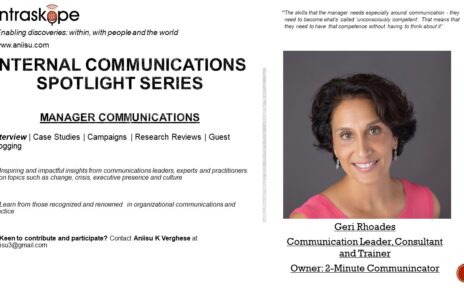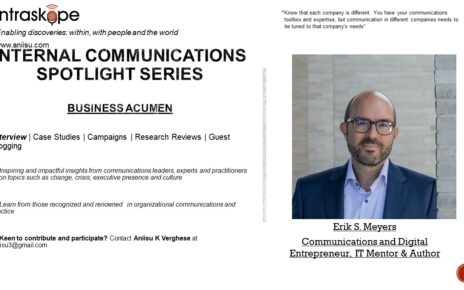Global in-house centres (GICs) are an integral part of India’s growth story. I had the opportunity to attend a day of the recently concluded NASSCOM GIC Conclave at Pune (April 15 and 16) where over 500 delegates from leading GICs discussed talent, the future of work, leadership development, building centres of excellence, macro-economic issues, customer centricity, maturity models and strategies in the evolving marketplace among other themes. The conclave also included motivational speakers who have overcome obstacles in their lives to achieve greatness. Overall, a well conducted event. Considering how big the GIC market is (825+ GICs in India,contribute to around 21% of the country’s IT-BPO export revenues, 20% of employees,India’s GIC export share to touch $17 bn in FY14 and GICs represent 25% of $137 billion global sourcing market) there is a lot more which such events can deliver for GICs.
Here are my top take-aways from the interactions and experiences at the conclave:
– Understanding of social media as a medium is very nascent among GICs: While NASSCOM did publicize its event hashtag #nasscomGIC in their communication at the venue the uptake was limited. At last count there were just 20 odd tweets on this hashtag after two days. The opportunities to tap into the collective wisdom of experts and participants were enormous. Unfortunately, I didn’t witness the harnessing of ‘social’ knowledge even though sessions during the event alluded to the growing importance of this medium. It would have been great to have a few Gen Y/Z employees (the assumption is that they are more clued in that other generations on social media) from the GICs manage this section and have a ‘live’ tweet board that shared perspectives from the audiences as the sessions took place.
– Communicators have a larger role to play in GICs: While the panelists and moderators at the event were excellent, however there were clear instances where some participants (leaders in their respective GICs) could have done with more help in terms of messaging and preparation. One leader ducked a question on internal practices and promised to ‘discuss offline during the break’ while a few played ‘safe’ with their answers. I also see communicators cross-pollinating ideas and sharing best practices among GICs as the industry matures. There were many smartphones capturing real-time visuals at the event but I didn’t see much of that getting online on a forum or used as discussion or references.

– Communications isn’t still a priority among GICs: Among the topics discussed communications didn’t feature and it is probably indicative of how important the function is viewed among GICs. I found it odd considering how GICs struggle to articulate who they are and what they do not just among their own employees and stakeholders from the parent firm. There is an urgent need to reassert the importance of communications (internal and external) as GICs blend local branding with global aspirations. GICs need help with thinking through branding – must they build a local brand or be an extension of their parent arm? Is securing talent the only big opportunity or are there different approaches to be seen as responsible, committed employers in the local markets? Communicators can play a big part in crafting strong strategies that will improve brand impact for GICs.
– The larger GIC agenda and impact: My sense is that the GICs in India and likewise GICs globally can align even more to build a sustainable future – if they collaborate and partner a bit more. For example, there is an opportunity to do more with corporate social responsibility as GICs considering their agendas are mostly similar – build capabilities and scale as they add more value for the parent companies. The recent government legislation can help converge ideas and opportunities. Tapping into the human capital pool jointly can help solve real-world problems beyond the projects that GICs work on.
– Timing is everything: As with most conclaves, seminars, workshops and training sessions the sooner the knowledge is put into practice the better is the value for participants and organizers. If the objective of the event was to increase know-how from among GICs then empowering delegates with insights they can use real-time would have served the purpose better. I would have loved to see delegates getting reference material, handouts and ready-to-use templates that jump-start their engagement at their respective workplaces.
Attended the event and have other recommendations from a communications perspective? Please share it here.

